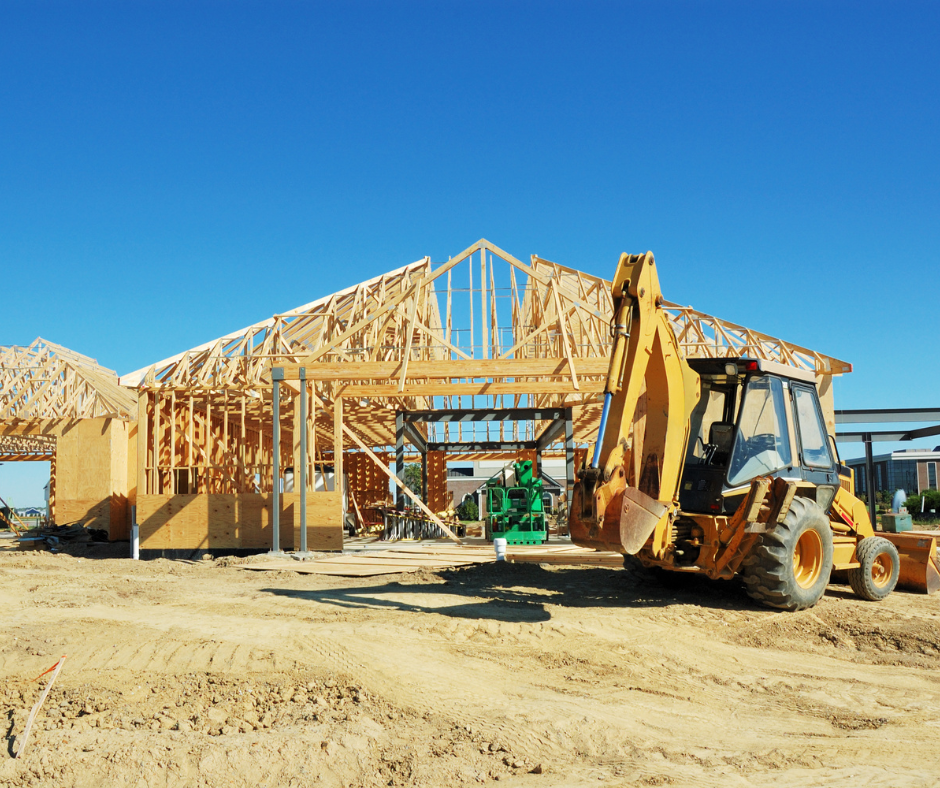One of the most common and adaptable materials in the building sector is concrete. Its strength, durability, and adaptability make it essential for commercial construction projects of all sizes. However, not all concrete is the same. Different types of concrete are designed to meet specific needs, and understanding these varieties can help ensure the success of your construction project. For top-notch construction services concrete, look no further than JAMISON CONSTRUCTION. As a trusted name in the industry, they specialize in delivering high-quality commercial concrete solutions tailored to your needs. This guide will help us comprehend the many kinds of concrete that are utilized in commercial construction.
Plain Concrete:
The following are types of concrete: Plain concrete commonly referred to as normal concrete is the basic type of concrete available. This includes cement, sandstones/ aggregate, water, etc. This type of concrete is used in pavements sidewalks, and other general applications on buildings and structures that do not call for tensile strength. Normal concrete is inexpensive and thus is ideal especially when constructing simple buildings and structures.
Reinforced Concrete:
Reinforced concrete is a special concrete with steel bars, fibers, or mesh to improve the tensile strength of the material. This makes it suitable for structure purposes like beams, columns, and slabs. Reinforced concrete is very strong enough to bear large amounts of pressure and is probable of vices of qualities of the natural environment, it is used frequently in various commercial concrete contractor ventures.
Prestressed Concrete:
Prestressed concrete is a specific form of reinforced concrete where reinforcement is stretched earlier than the concrete is placed. This method complements the concrete load-bearing capacity and in the end the danger of cracking is also minimized. Most applications of PC prestressed beams include use in bridges, large roof spans, and high-rise buildings which require high strength and durability.
Lightweight Concrete:
Lightweight concrete is low in density and possesses relatively good thermal insulating characteristics. It is obtained by replacing the conventional aggregates with lightweight materials like expanded clay or pumice. This type of concrete is normally applied on non-structural, insulation as well as roofing construction. This also makes its transportation and handling on construction sites a lot easier compared to its previous versions.
High-Strength Concrete:
High-strength concrete is produced to offer excellent strength and further strengthen other structural elements. It normally has a compressive strength of more than 6,000 psi and is common in the construction of high-rise buildings, bridges, and other structures that call for high load-bearing capacity. This concrete is stronger because better quality material and improved compounding techniques are used.
Self-Consolidating Concrete:
SCC is an ultra-workable concrete, that can be placed without any mechanical vibration the concrete is very fluid and can find its way into the most complex reinforcement and place itself to maximum advantage. This makes it ideal for use where there are complicated formworks or regions that are tough to reach. SCC is recognized by its non-turbulent surface and furthermore, it cuts down on conveyed work and development time.
Fiber-Reinforced Concrete:
Fiber-reinforced concrete (FRC) is concrete that contains fibers from different materials, such as glass, steel, or synthetic fibers, blended into a fresh concrete mixture. These fibers enhance concrete’s anti-cracking and dimensional stability for applications such as industrial floor pavements and precast elements. FRC is also superior to normal concrete in terms of its impact resistance property.
Shotcrete:
It is a new type of concrete that is pneumatically placed at the site using a hose at high pressure. It is, therefore, best suited for application where structures and or surfaces are complex, and include tunnels, swimming pools, and retaining walls. The adhesion action of the shotcrete is good, it is also fast to apply and hence it can quickly address the tough structure.
Decorative Concrete:
The use of decorative concrete is to create and give structures a desirable physical appearance while at the same time retaining their properties. Unfortunately, some of these methods like stamping, staining, and polishing can produce decorative coatings, which look like natural stone, wood, etc. Modern decorative concrete can also be used in commercial buildings such as malls, offices, and hotels in a bid to offer durability as well as flexibility in design.
Pervious Concrete:
Pervious concrete also commonly referred to as porous concrete is a concrete structure with surfaces that are permeable to water. This specific factor makes it an environmentally friendly solution to controlling stormwater and preventing floods in the area. Pervious concrete is utilized on parking lots, sidewalks, and driveways-maximizing the use of sustainable building materials.
Closing remarks:
Selecting the most appropriate concrete for your commerce construction project is very important if you want to have a project that will satisfy your expectations and last longer. All kinds of concrete have different characteristics and uses for construction, therefore the analysis of the differences can be useful. When choosing the right concrete type for your project, you will be in a position to have one that can meet structural, aesthetic, and environmental standards at the most reasonable cost. The decision to hire a professional commercial concrete contractor such as Jamison Construction means you’ll get your project done and benefit from professional work and reliable construction services concrete.
